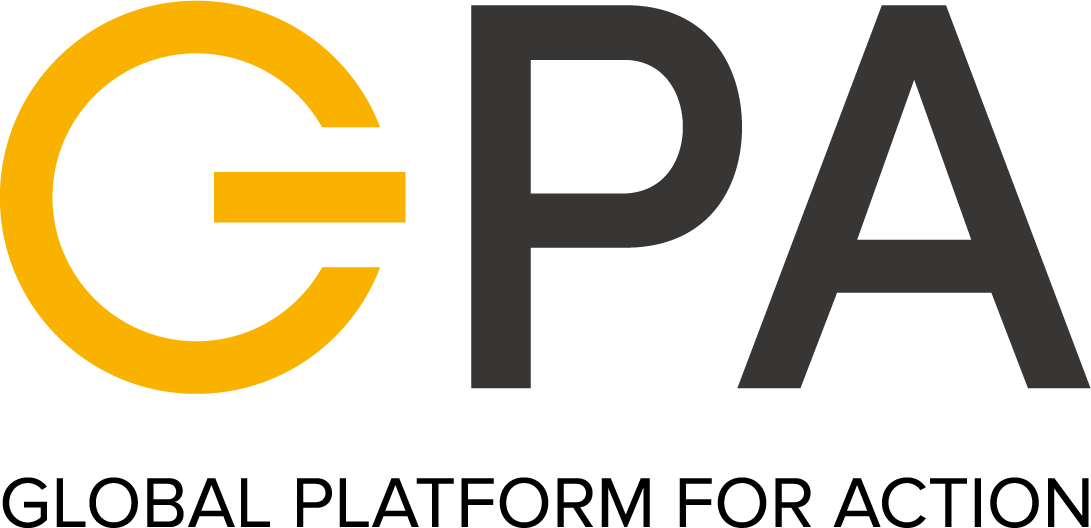In this section
In this sectionBackground
A briefing session on the Peace Renewable Energy Credit (P-REC) was held on 28 May 2024, for Energy Peace Partners to share with practitioners working in humanitarian and peacekeeping contexts on how the P-REC can be used for supporting finance to renewable energy projects in fragile governance situations. A case study of health facility solarisation in Malakal, South Sudan where the P-REC was leveraged by the International Organisation for Migration (IOM) was shared to demonstrate the practical application of the P-REC. The recording and Q&A below summarised the briefing session.
For further discussion on the P-REC, kindly contact the Energy Peace Partners team by emailing Doug Miller (dmiller@energypeacepartners.com) and Linda Wamune (lwamune@energypeacepartners.com). If you’d like to discuss opportunities to support clean energy in forced displacement settings, kindly contact the GPA team at energy@unitar.org.
Questions and Answers
Q1: What are the key criteria for a project to benefit or qualify for P-REC financing?
The project must be in a fragile country, based on social, environmental, and governance metrics.
It should provide significant community benefits and not be solely for commercial or industrial purposes.
The project must use a renewable energy source, such as solar or hydro.
There is no minimum size requirement, but larger projects generate more certificates, making the process more beneficial. Smaller projects can be aggregated.
Q2: How are the pricing structures of P-RECs determined, and do they differ from traditional RECs considering the additionality and peace-building elements?
P-REC pricing typically ranges from $30 to $50 per MWh, though exceptions exist based on buyer motivation.
The market is relatively new and prices are influenced more by buyer motivation than strict market dynamics.
The process is driven by the impact projects and the financing needs to ensure bankability.
The P-REC process follows best practices and requirements under the IREC standard.
Buyers receive P-RECs only after the renewable energy projects are built and generating electricity, verified by EPP.
Q3: What are the monitoring and certification fees within the P-REC framework?
Device registration fees vary by size: $100 for 250 kW to 1 MW, $500 for 1-3 MW, and $1000 for projects above 3 MW. This is a one-time fee valid for five years, with a 40% renewal fee.
Issuance fee for P-RECs is $2 per certificate.
The P-REC is a label under the IREC standard, ensuring rigorous monitoring and certification.
Q4: Is it possible to issue P-RECs for future generation?
P-RECs are issued only after electricity generation is certified. Buyers can commit to purchase P-RECs, enabling financial flows for project bankability, but actual issuance occurs post-generation.
The Aggregation Facility provides upfront financing for projects, facilitating construction and future P-REC generation.
Q5: What is the minimum power generation capacity for a project to be considered for P-RECs?
There is no minimum capacity requirement. Smaller systems can be aggregated, but verification can be challenging for very small installations.
Technological advancements are helping to improve verification for smaller systems.
Q6: Does the project owner have the autonomy to select the companies that will purchase the credits?
Project owners can choose buyers and are not obligated to sell to any specific company. Buyers and sellers negotiate transactions like any other market.
Q7: What potential funding is available and how can one apply, especially for joint projects like solarizing peacekeeping camps and UNICEF facilities?
Developers can apply for funding through the P-REC Aggregation Facility.
Contact details were provided for follow-up discussions and application processes.
A form to start the process was shared during the webinar for interested parties to apply.
The P-REC pre-screening form can be found online here.
Last updated: 02/07/2024
